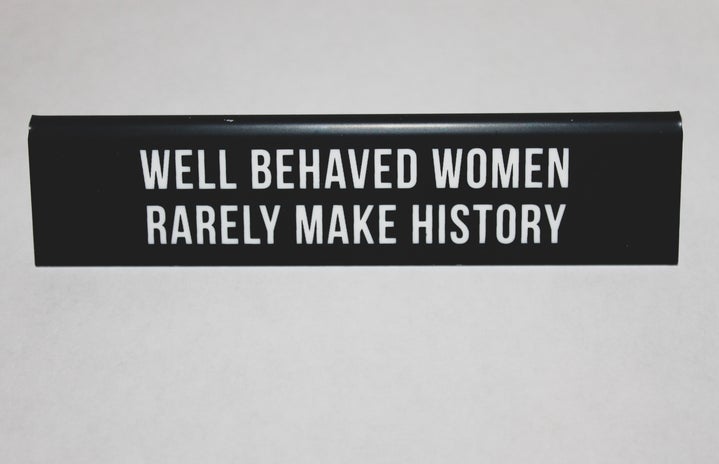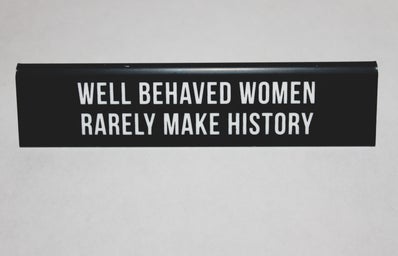2016 is said to be the year where all combat jobs in the military would be open to women and to have women fully integrated into all roles in the army.
Even though warfare has historically been portrayed as a men’s activity, women have also played a role as nurses, spies, often cross-dressing to participate in the front lines. However, for most of human history, people in combat have been overwhelmingly male.
For the United States during WWI and WWII, women carried out clerical work, mechanical work and sometimes were test pilots for fighter planes. While enlistment qualifications became the same for men and women in 1979, they were prohibited from direct combat roles. In 1994, the Department of Defense officially banned women from serving in combat. While there have been gradual efforts to include women where men have usually been, such as in 2013, the first three women to ever complete the United States Marine Corps’ Infantry Training Battalion course graduated from the Marine Corps School of Infantry in North Carolina or how the Marin Corps’ Infantry Officer Course became gender-integrated for research, implementation of removing the military’s ban on women serving in combat is still ongoing.
On December 3rd, 2015, Secretary of Defense Ash Carter rescinded the policy to ban military women from serving in combat roles, while with Chairman of the Joint Chiefs of Staff Gen. Joseph Dunford’s disapproval. While changing policy is the first step to any change, implementation and cultural change are the real battle against the status quo. While this policy change has been stated, according to a study by Huffington Post with the funding from the The Army Research Institute, eighty-four percent of Special Forces Operators disagree that women should be allowed to serve in all combat jobs in Special Forces. According to their research, most of the resistance to integration is rooted in traditional gender stereotypes.
In addition, more cultural backlashes come from the idea that both men and women in a combat unit reduce unit cohesion. In a study run by Marine Corps, they found that all-male squads demonstrate better performance on 69% of tasks evaluated than units with women in them. They found that men were faster while completing tactical movements, especially in units with weapons such as heavy machine guns and mortars. It also found that male Marines who have not received infantry training were still more accurate using firearms than women who have. Beside this study, Islamic militants rarely surrender to female soldiers and are often not intimidated by female civilians, according to Lt. Col. Grossman.
Overall, similar to many movements to change the status quo, while there have been significant changes in policy in the last century, cultural change in the organization and institution is still long behind it. While it’s easy to say that gender stereotypes simply affect how men perceive women, the future changes in leadership programs and support networks for women also need to be tended as stereotypes also affect how women see themselves.
Picture Source: http://thelibertarianrepublic.com/should-women-register-for-the-draft-sh…

